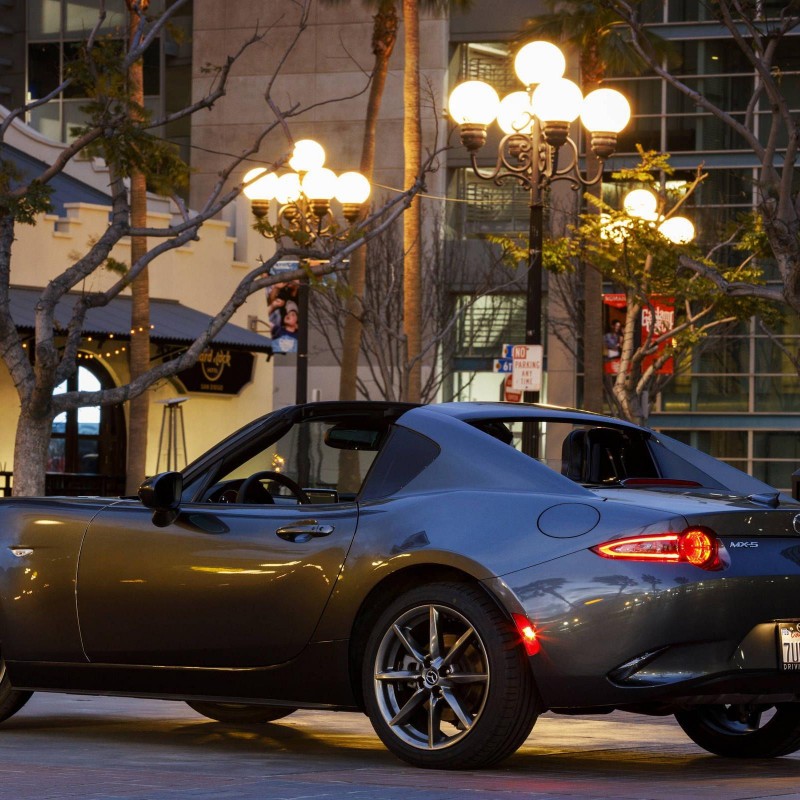As temperatures plummet and cold weather settles in, many vehicle owners find themselves dreading those early morning trips to the car. Facing icy windshields, frigid seats, and an engine that takes longer to warm up can make winter commutes daunting. However, one solution has gained prominence for its convenience and ease: remote start kits for cold weather. These kits allow you to start your vehicle from the comfort of your home or office, ensuring that it’s warm and ready for the road when you’re ready to leave. Not only do remote start kits enhance comfort, they also help with defrosting windshields, improving visibility and overall safety. In this comprehensive guide, we will explore the different types of remote start kits available, their benefits, how to choose the right one for your vehicle, installation tips, and key considerations for maximizing their effectiveness in cold weather.
Understanding Remote Start Kits
To appreciate how remote start kits function, it is essential to understand their components and application.
What is a Remote Start Kit?
A remote start kit is an aftermarket accessory designed to allow drivers to start their vehicles remotely using a key fob or smartphone app. Modern kits often integrate with the vehicle’s existing ignition system and may come equipped with various features, including keyless entry, vehicle tracking, and system alerts. These kits can vary in complexity, functionality, and ease of installation.
Types of Remote Start Kits
There are generally two types of remote start kits on the market:
- Standard Remote Start Kits: These kits provide basic functionality, often allowing users to start and stop their vehicle’s engine from a limited range using a dedicated remote control. They generally do not come with additional features.
- Smartphone-Controlled Remote Start Kits: These more advanced systems offer integration with smartphone apps, allowing owners to remotely start their vehicles from virtually anywhere. These kits often include GPS tracking, diagnostic features, and notifications about vehicle status.
Key Components of Remote Start Kits
Understanding the primary components of remote start kits can help you discern which features may be relevant for your needs. Below are some key elements often found in these kits:
- Transmitter/Remote: The device used to communicate with your vehicle, initiating the remote start. This could be a key fob or a smartphone app.
- Receiver Module: Installed in your vehicle, the receiver interprets signals sent from the transmitter, executing the start or stop commands.
- Wiring Harness: This connects the remote start system to the vehicle’s electrical system and ignition components.
- Control Module: This acts as the brain of the operation, coordinating inputs and ensuring that the engine starts securely while monitoring various safety conditions.
The Benefits of Using Remote Start Kits for Cold Weather
Investing in remote start kits for cold weather offers numerous advantages that contribute to a better winter driving experience. Understanding these benefits can help you appreciate their value.
Enhanced Comfort
One of the most compelling benefits of remote start kits is the ability to pre-heat your vehicle. On frigid mornings, being able to step into a warm car instead of a chilled one significantly enhances overall comfort. Remote start kits allow you to get your vehicle cozy before you even step outside.
Improved Safety
Icy windshields can pose a significant safety hazard, especially when trying to drive on slick roads. Remote start kits can help defrost windows more efficiently, allowing you to drive off with good visibility. Warming up the engine can also help promote fluid movement, improving the car’s ability to handle cold weather conditions.
Convenience and Time-Saving
In cold weather, the time taken to scrape ice off the windshield or wait for the vehicle to warm up can significantly extend your morning routine. With a remote start kit, you can initiate the warming process while still getting ready, making the entire process more convenient.
Increased Resale Value
Vehicles equipped with a remote start system can have a higher resale value. Modern buyers often look for additional features that enhance comfort and convenience, and a remote start kit can be an attractive asset when considering options.
Enhanced Security Features
Some remote start kits come with additional security features, such as locks, alarms, and vehicle tracking. These features provide peace of mind, ensuring that your vehicle is both secure and functional during cold weather.
Choosing the Right Remote Start Kit
Selecting the right remote start kit for your vehicle involves several considerations. Here’s how to navigate this process:
Understanding Vehicle Compatibility
Before purchasing a remote start kit, check compatibility with your vehicle. Each kit may have specific requirements based on make, model, and year. Most remote start manufacturers provide compatibility information on their websites, ensuring you choose the right system.
Assessing the Range of the System
The range of the remote start kit is a critical factor. Depending on your needs, you may want a kit with a longer range, especially if you plan to start your vehicle from inside your home or office. Standard remotes typically have a range of 500 to 1,500 feet, while smartphone-controlled options can work over much larger distances.

Evaluating Features
Evaluate the features that come with each remote start kit. If additional functionalities such as smartphone integration, GPS tracking, or security alerts are important to you, look for advanced kits that combine these features.
Considering Installation Method
Some remote start kits are designed for easy DIY installation, while others may require professional installation. If you are comfortable working with automotive electrical systems, you may opt for DIY options. Otherwise, consider employing a professional installer to avoid potential issues.
Budget Considerations
Remote start kits can vary in price based on features and complexity. Determine your budget beforehand to narrow down your options. Keep in mind that investing in a higher-quality kit may result in greater durability and better performance.
Installation Process for Remote Start Kits
Installing a remote start kit can vary from straightforward to complex. Below is an overview of typical installation steps, especially for those opting for a DIY approach.
Gather Required Tools and Equipment
Before starting the installation, ensure you have all necessary tools, which often include:
- Screwdrivers
- Wire strippers
- Electrical tape
- A multimeter
- An installation manual specific to your remote start kit
Remove the Paneling
Begin the installation by carefully removing the paneling around your steering column to access your vehicle’s ignition wiring. Ensure that the vehicle is off and the keys are removed to avoid any electrical hazards.
Identify Wiring Connections
Using the installation manual, identify the necessary wires for connecting the remote start kit to your ignition system. Most vehicles have four to six critical wires that need to be connected, including ignition, starter, and accessory wires.
Connect the Remote Start Kit
Carefully connect the remote start kit to the ignition wires according to the instructions provided. Secure each connection using electrical tape to prevent exposure that could cause shorts or malfunctions.
Reinstall the Paneling
Once the connections are made, carefully replace the paneling around the steering column. Ensure no wires are pinched or exposed before securing everything back into place.
Test the System
With everything reassembled, test your remote start system to ensure it operates as intended. Follow the manufacturer’s instructions to start the engine remotely. Confirm that all features work correctly, including the go function and stop command.
Common Issues and Troubleshooting
While remote start kits are generally reliable, you may encounter issues during operation. Knowing how to troubleshoot common problems can save time and frustration.
Remote Won’t Start the Vehicle
If the remote is not starting the vehicle, check the following:
- Ensure that the battery in the remote is functional and replace it if necessary.
- Verify that the connections made during installation are correct and secure.
- Confirm that the vehicle is in “Park” mode. Most remote start systems are designed to work only when the car is in “Park” for safety reasons.
Check Engine Light Activation
If you notice the check engine light is on after installation, it could indicate an issue with the installation process altering any existing connections. Use an OBD-II scanner to diagnose the issue, and refer to the installation manual for guidance in resolving it.
Inconsistent Range
If the remote start kit provides inconsistent performance in terms of range, consider changing the location of the antenna that comes with the system. Placing the antenna in a higher location can improve communication between the remote and the vehicle.
Security Features Malfunction
In cases where security alerts are triggered erroneously, review the installation points for accuracy. It’s possible that wires may have been crossed or connected improperly.

Conclusion
Utilizing remote start kits for cold weather has transformed how drivers experience winter travel. The ability to pre-warm your vehicle not only enhances comfort but also improves safety and convenience during challenging weather conditions. With a variety of options available, understanding the mechanics of these kits, how to choose the right one, and knowing the basic installation process can empower you to make informed decisions.
By embracing the attributes of remote start kits, you are investing in a product that significantly contributes to a pleasant driving experience. As you prepare for adverse weather patterns, consider the advantages that remote start technology offers, ensuring you navigate winter seasons with ease and confidence. Adopting such technology is not merely about luxury but rather about adaptability and improving the quality of everyday life.